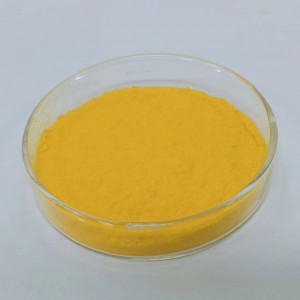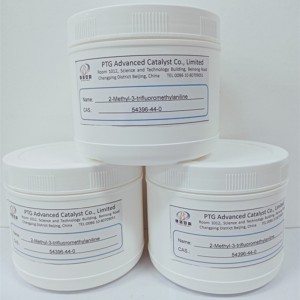Nickel(II) chloride,diMethoxyethane adduct
|
Chemical natures |
Insoluble in alkaline aqueous solutions and most organic solvents, metal halide,It contact with water releases flammable gas. |
|
|
Purity |
98% |
|
|
Applications |
Nickel(II) chloride ethylene glycol dimethyl ether is commonly used as a catalyst for the synthesis of various organic compounds. As a catalyst for the borylation of racemic benzylic chloride to synthesize enantioenriched benzylic boronic esters. As a promoter for the trifluoromethylation of alkyl iodides to synthesize broad range of alkyl-CF3 compounds. For the synthesis of nickel bis(benzimidazol-2-ylidene) pincer complexes which can be used for electrocatalytic reduction of CO2 to CO. As a Lewis acid catalyst for C-acylation β-ketoesters through photoactivation by visible light. |
|
|
Physical form |
Yellow powder |
|
|
Hazard class |
4 |
|
|
Shelf life |
According to our experience, the product can be stored for 12 months from the date of delivery if kept in tightly sealed containers, protected from light and heat and stored at temperatures between 5 - 30°C |
|
|
Typical properties
|
Melting point |
>300 °C |
|
Form |
Powder |
|
|
Color |
yellow |
|
|
Relative polarity |
0.231 |
|
Safety
When handling this product, please comply with the advice and information given in the safety data sheet and observe protective and workplace hygiene measures adequate for handling chemicals.
Note
The data contained in this publication are based on our current knowledge and experience. In view of the many factors that may affect processing and application of our product, these data do not relieve processors from carrying out their own investigations and tests; neither do these data imply any guarantee of certain proper- ties, nor the suitability of the product for a specific purpose. Any descriptions, drawings, photographs, data, proportions, weights, etc. given herein may change without prior information and do not constitute the agreed contractual quality of the product. The agreed contractual quality of the product results exclusively from the statements made in the product specification. It is the responsibility of the recipient of our product to ensure that any proprietary rights and existing laws and legislation are observed.



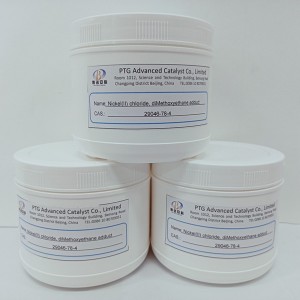
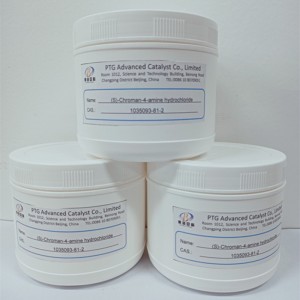
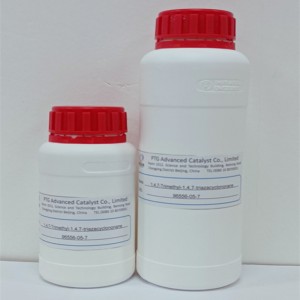
![1,1′-(1,2-Ethanediyl)bis[octahydro-4,7-dimethyl-1H-1,4,7-triazonine]](https://cdn.globalso.com/ptgchemical/11-12-Ethanediylbisoctahydro-47-dimethyl-1H-147-triazonine-300x300.jpg)
